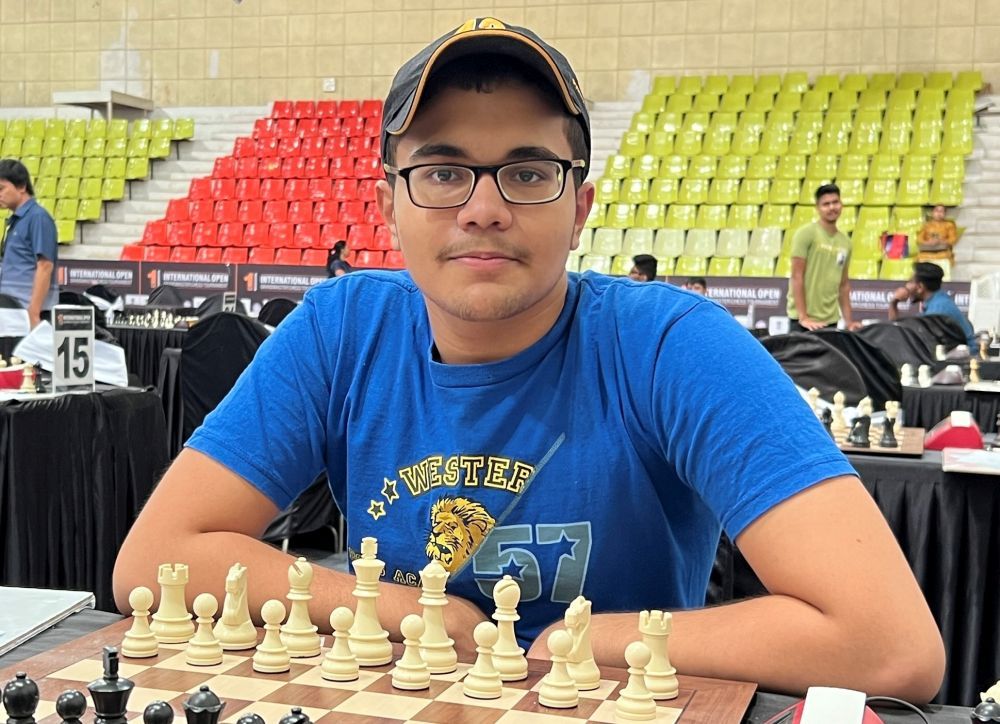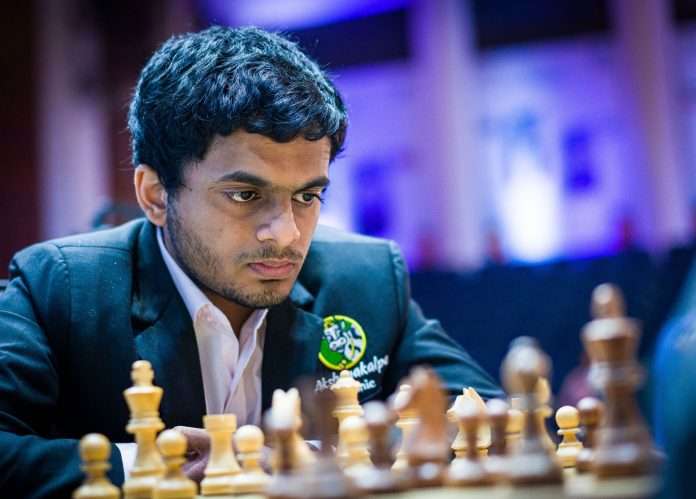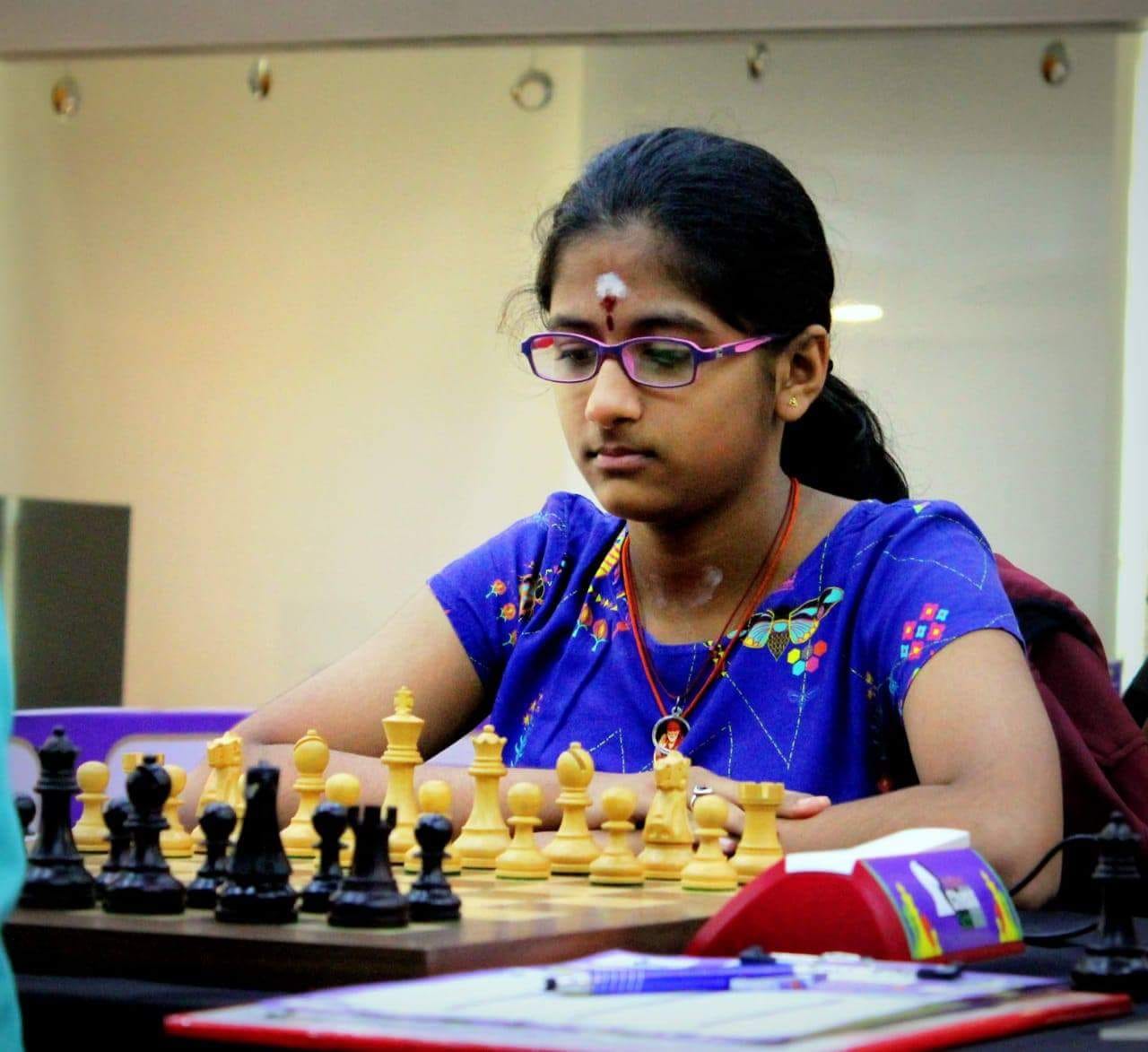(September 1, 2023) Rameshbabu Praggnanandhaa’s triumph, securing the silver medal at the 2023 FIDE World Cup, marks just the initial step for India. Not too long ago, Magnus Carlsen, the World’s No. 1 chess player showered Indian chess players with praise, predicting that it’s only a matter of time before India emerges as the ‘foremost chess nation in the world.’ Carlsen remarked, “I believe India is on the right track, and it’s only a matter of time before it unmistakably leads the global chess arena.”
Although apart from Viswanathan Anand, who clinched the coveted crown five times, no other Indian has been challenged for the World Championship title, the rise of numerous young Indian chess players to the esteemed ‘Grandmaster’ status suggests a promising trajectory. This surge in talent hints at India’s potential to capture numerous international trophies in the years to come. Global Indian takes a closer look at these young chess prodigies, who have impressively carved out their names on the international stage even at a tender age.
Aditya Samant
Meet the 17-year-old chess prodigy, Aditya, who recently achieved the prestigious title of Grandmaster (GM) at the young age of 17. Hailing from Pune, Maharashtra, Aditya’s journey into the world of chess began when he was just 6 years old. His first taste of competitive play was at the National Under-7 Open 2013 tournament held in his hometown. Chess runs in Aditya’s blood as his father, Sachin Samant, was also a passionate chess player during his college days. “My father used to give the positions to me and then we used to solve them together,” the chess player said in an interview, adding, “Till I was around 2200, he was my trainer. Now I have started working on my own. Even he created opening files for me sometimes by looking at the database.”

Grandmaster Aditya Samant
The young chess player’s path to becoming a Grandmaster started to take shape at the 28th Abu Dhabi Masters in 2022. And in an impressive display of skill and determination, Aditya’s FIDE Rating soared past 2500 points on the May 2023 FIDE Rating list, merely four months after his remarkable victory at the Abu Dhabi Masters. “I’m excited about enhancing my gameplay, diving into more matches, and giving it my all. At the moment, I’m planning to participate in maybe one or two tournaments before dedicating time to my upcoming board exams,” Aditya said after the tournament.
Divya Deshmukh
During a press conference, the 17-year-old chess player was asked about her future chess plans. With a confident smile, Divya replied, “I don’t really have any specific plans. My main focus is to continuously improve my game.” That’s the level of assurance radiating from this remarkable talent in Indian chess. Her journey with chess began at an early age, and her passion for the game shines brightly. By the time she turned 12, she had already secured an astounding 14 gold medals for India on the international stage.
Hailing from Maharashtra, this young chess prodigy clinched the title of National Women’s Chess Champion in 2022. Adding to her impressive list of achievements, she recently emerged victorious at the Asian Continental Women’s Chess Championship held in Kazakhstan. “I am very happy to win my maiden Asian women’s gold medal,” the chess player said after the tournament, adding, “In fact, this is my entry to the World Cup through one more route.”
Nihal Sarin
At just 14 years old, he achieved an impressive Elo rating of 2600, securing his place as the third youngest player in history to accomplish this feat at that time. Nihal, hailing from Thrissur in Kerala, is the child of Sarin Abdulsalam, a dermatologist, and Shijin Ammanam Veetil Ummar, a psychiatrist. His remarkable abilities were evident from a young age, as he could identify the capitals and flags of 190 countries by the age of three. He also astounded many by memorising the scientific names of insects and plants during the same period.


Grandmaster Nihal Sarin
The story of how his journey in the world of chess began is quite fascinating. To keep his son engaged during school vacations, his father introduced Nihal to a chess set, while his grandfather A. A. Ummar taught him the game’s rules. By the tender age of seven, this budding chess enthusiast had already clinched multiple titles, including the Kerala State Championship in the Under-07 category, two Under-09 titles, two Under-11 titles, and one Under-15 title. “I want to play the best players of the world. I don’t know if I would be able to defeat them, but playing is something I can surely do,” said the chess player who won the Gold Medal as part of the Indian team in the FIDE Online Chess Olympiad 2020.
Rakshitta Ravi
Achieving a remarkable 93 percent in her 10th board exams, Rakshitta Ravi’s exceptional academic performance was closely followed by her attainment of the title Indian Woman Grandmaster (WGM) in 2019. However, the fact that her father, T.S. Ravi, is a former International Master (IM), made her achievement less of a surprise for those who knew her story. “My parents are aware of the rigors that come with the sport. They help me stay grounded and motivated. In fact, my coach, RB Ramesh sir has also been instrumental in helping me raise my game in the last few years,” Rakshitta said in a recent interview.


Grandmaster Rakshitta Ravi
Recipient of the National Child Award for Exceptional Achievements in 2016, presented by the former President of India, Pranab Mukherjee, this young achiever took her first steps on the chessboard at the tender age of two. Rakshitta’s journey into competitive chess commenced when she was only four and a half years old. A significant breakthrough arrived in 2012, marked by her notable performance at the Asian Youth Chess Championships in Sri Lanka, where she secured a bronze medal. Swiftly following this triumph, merely a year later, Rakshitta claimed gold in the U-8 rapid blitz category at the World Youth Chess Championships in Dubai. “I have been working hard on becoming more consistent in the last one year and that has paid dividends. But, I do not want to compromise on my education as well, so I take time out to make sure I study,” the chess player said.
Raunak Sadhwani
Raunak, the fourth youngest Grandmaster from India, achieved an Elo rating surpassing 2500 before even entering his teenage years. Just recently, he showcased his remarkable skills by maintaining an undefeated streak and securing the championship in the Masters group of the Serbia Open chess tournament held in Belgrade, where he competed among a formidable gathering of 233 participants. “Nothing in the world can beat the pleasure of winning strong tournaments. I am happy that I played some good chess and consider myself deserving of this title. I am happy that I can put our Indian flag on the top of this list of Serbia Masters. This is just the beginning, I will work harder and try to bring home more titles,” the chess player said after winning the tournament.
Ranked as India’s 13th player, this Grandmaster stands tall among the world’s most accomplished chess prodigies in his age group. Crediting his parents for his success, the young player said, “As it is rightly said – behind every young child who believes in himself is a parent who believes first. So I want to thank my parents for their strong belief in my strength, and standing rock solid with me in my chess journey of highs and lows. I also want to thank Indian Oil Corporation, my coaches, and West Bridge Anand Chess Academy.”




